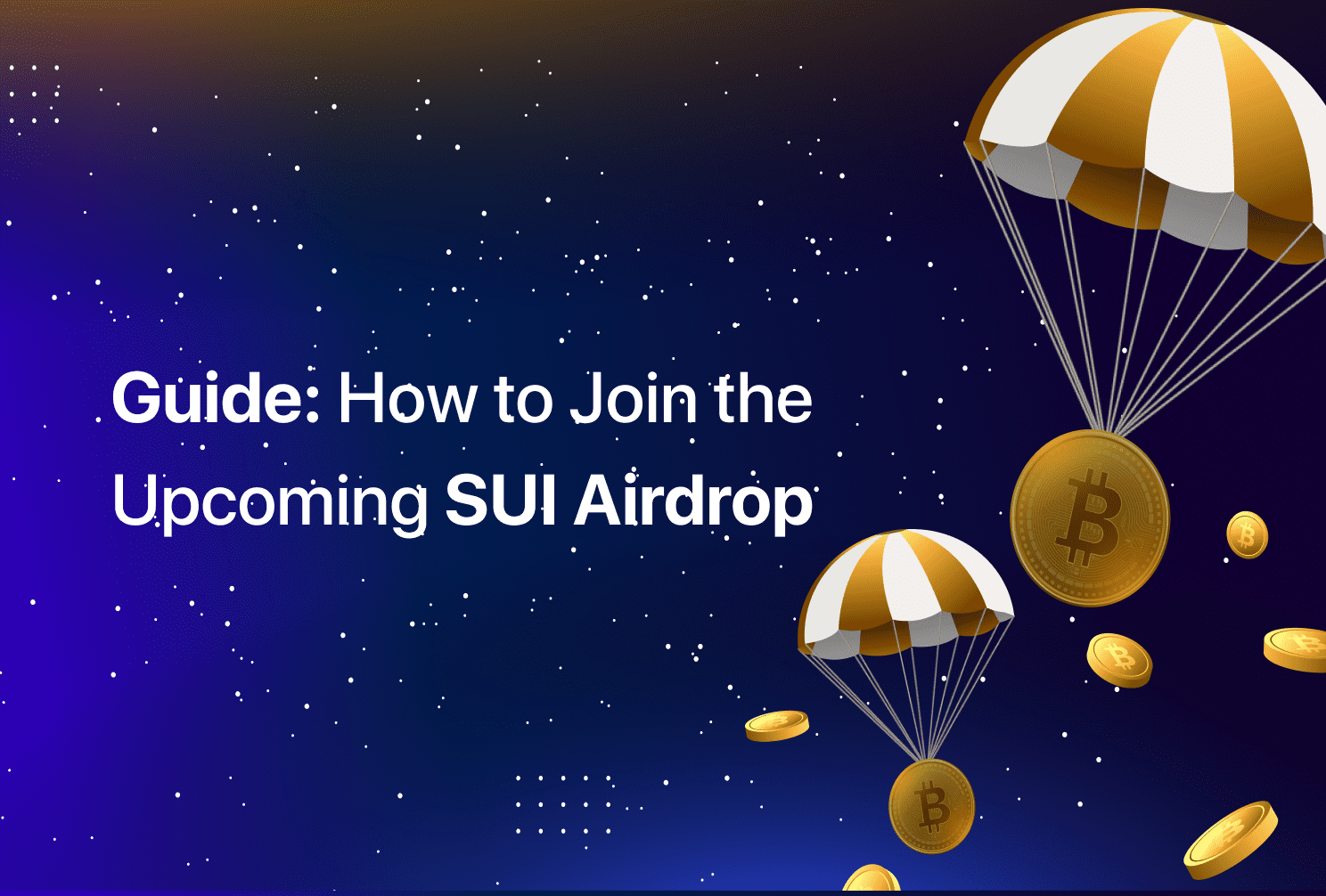Trading in financial markets is always accompanied by risks. This is especially true for crypto trading since digital currency has extremely high volatility. Absolutely everything affects the fluctuation in the value of cryptocurrencies: from a sudden increase/decrease in demand for a coin to a tweet by Elon Musk. Moreover, a radical price change can occur literally within a day or a few minutes.
Such uncertainty makes it difficult for users to make an individual strategy for profit. Yet there have been methods for tracking and predicting asset prices for a long time in the crypto market. Most crypto traders rely specifically on technical analysis, using multi-timeframe trading.
What are multiple time frames analysis?
Time frame analysis is one of the most common market research methods. A change in the price chart of a cryptocurrency allows you to predict the trend. This is an indicator by which traders minimize risks and increase the chances of making a winning deal.
Multiple time frames analysis (MTFA) is a special financial method that consists in monitoring one asset (currency pair) on several timeframes to study its long-term and short-term trends.
The MTFA concept applies to both bull and bear markets.
Why do traders most often resort to this particular method of market analysis? Let`s consider the benefits that time frames provide :
- provide an opportunity to look at the currency pair from different angles;
- allow you to identify potential areas of support or resistance;
- help to identify trend changes before it starts;
- allow you to determine the most optimal moments of entry and exit from the transaction;
- confirm a change in trend at a higher time frame;
- provide a general picture of market sentiment.
The fundamental concept of pattern reading is high and low. These terms denote the maximum and minimum price, respectively. On the charts, these are the highest and lowest points of patterns. They are also called extreme points. Together they form price levels, on which the whole theory of trading is based. There are global and local extremes. Global ones are determined on long timeframes, the minimum is on daily timeframes. Local extreme points are the minimum and maximum price values on short timeframes.
Read also: Is There the Best Time to Trade Crypto?
Types of timeframe strategies in the crypto market
The main element of the MTFA is the time frame. Depending on the trends (long-term and short-term), they differ in duration.
One-minute trading strategy on the chart
The one-minute timeframe chart is used by scalp traders who make money on sudden price movements. The strategy is to identify entry and exit points as quickly as possible and stay in the trade for a few seconds.
30-minute trading strategy on the chart
The half-hour timeframe chart also applies to short-term price charts. It allows you to track a sudden change in the value of an asset in a trend and predict reversals/breakouts around support/resistance zones.
The chart below shows the price of Bitcoin plotted on a candlestick chart at 30-minute intervals. As you can see, the price of Bitcoin was stable for most of the day until there was some volatile action between 21:00 and 22:00. This reduced the price of the coin by about $500.
How to trade on the 1-hour chart
Most traders guess that hourly charts are the best for creating intraday trading strategies.
This is because they can be used to confirm daily chart signals when used in conjunction with four-hour charts to give a sense of the overall trend direction.
Graphical analysis on the daily timeframe
The daily time frame is the most common of the long-term charts. Prices in it are formed for a long time. Thus, instant transactions and profits should not be expected. It is great for identifying major trends and predicting market trends.
The advantage of chart trading on a daily timeframe is the ability to enter at the beginning of a large trend. But the main disadvantage is the long wait for signals and profit.
How multiple time frames analysis work
Timeframes work best in combination with each other. Why? Traders who only focus on one particular timeframe are ignoring the underlying trend. Short-term charts often give false buy and sell signals, leading to bad trades.
The multi-timeframe analysis allows you to combine short-term charts with wider trend ranges. The logic is this:
By understanding what happens over a longer period of time, you can make more accurate decisions when looking for trading opportunities on smaller time frames.
MTFA is best done using a top-down approach. I.e., starting from a higher time frame and working your way down through several lower time frames. Traders who use this technique usually look at 3 or 4 different time frames to determine the overall trend and find the best entries.
Using three different periods gives a fairly broad picture of the market. If you are a newbie, it’s best to use two timeframes.
When choosing time frames to watch, time frames too close together can sometimes be useless or even counterproductive. It is recommended that the time frames be in ratios of 1:4 or 1:6. For example, if you use the upper timeframe with a duration of 1 hour, then the optimal lower one is 15 minutes.
- First, you need to determine the medium-term. It should represent an average value in relation to how long the deal takes.
- Choose a shorter timeframe, which we make up for not less than a quarter of the intermediate period. For example, a 15-minute chart for a short timeframe and a 60-minute chart for a medium or intermediate timeframe.
- The long-term timeframe must be, at least, four times longer than the intermediate one. According to the previous example, a 240-minute or four-hour chart will round the three-time frequencies.
Conclusions
Multi-timeframe analysis in trading can significantly increase the chances of increasing profits. Unfortunately, many traders ignore the usefulness of this technique.
Multiple time frames analysis are an essential part of being a professional trader and a valuable learning tool for anyone planning to trade cryptocurrencies. But keep in mind that an effective result can only be achieved with the help of an integrated approach to market monitoring. Use different indicators to better predict the conclusion of crypto transactions. And most importantly, always focus on your own experience.







